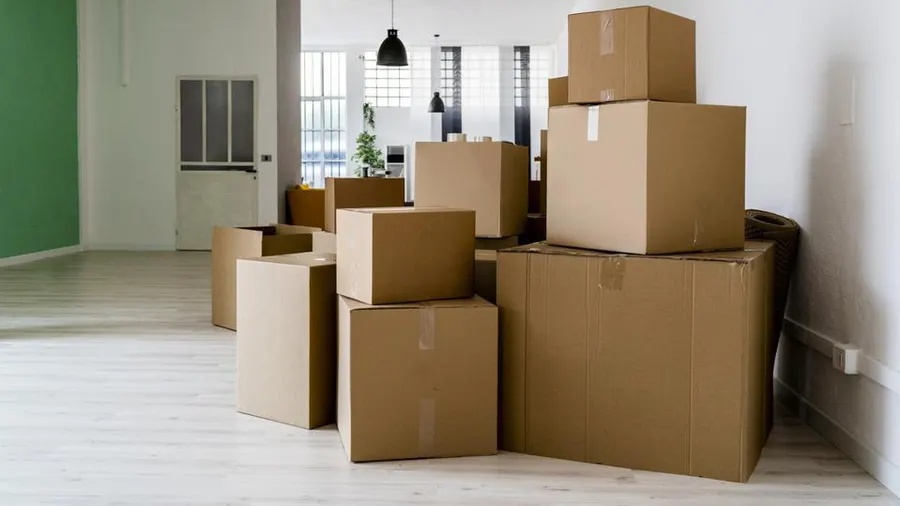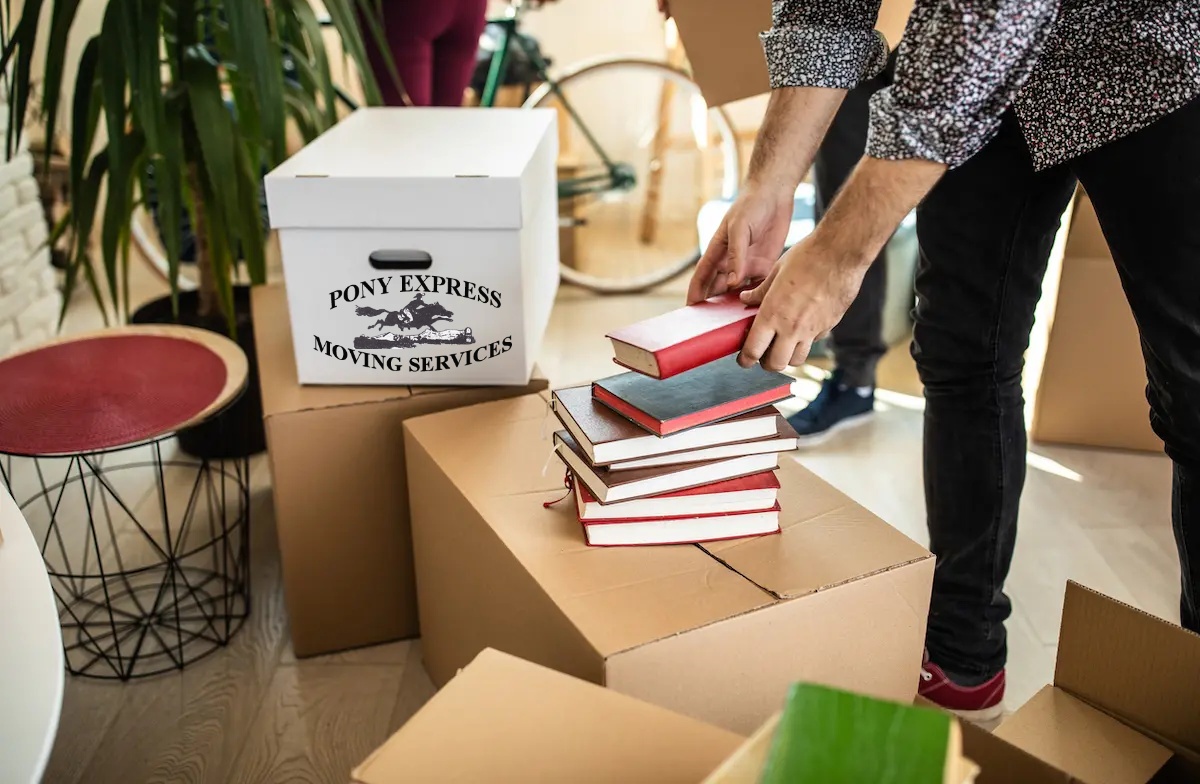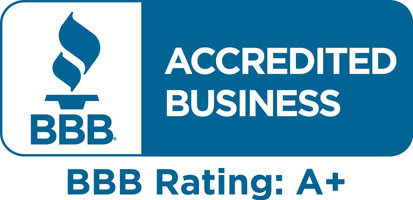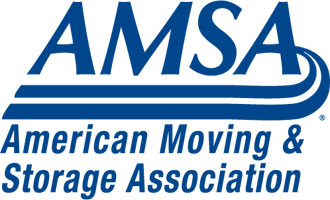When you’re finally ready to begin preparing for an upcoming move, it’s important to ensure that you have all of the correct materials needed to help you pack up and haul your belongings. The first step in preparing for any local or long-distance move is to gather your moving boxes and other materials, such as packing tape, bubble wrap, and more. This might sound simple, but ensuring that you have the supplies needed to ensure your belongings arrive safely at your new home can be surprisingly challenging. Wondering where to buy moving boxes and how to begin the process of preparing for an upcoming move? Keep reading to learn a few simple tips from our moving experts!
 Choosing the Right Boxes
Choosing the Right Boxes
When selecting the right boxes for your move, it is important to determine what size box is right for the items you need to move. Be sure to reserve large boxes for light objects such as pillows, stuffed animals, lampshades, and other items that will not fill a large box and make it too heavy or dangerous to carry. Smaller boxes are best for heavier items like books, large toys, and small appliances.
1. Buy Them
The easiest way to get moving boxes is to purchase them. Of course, whether you decide to purchase or not depends on your budget and how many boxes you need to pack up your household. The most significant advantage of purchasing boxes is that you know exactly what you are getting and can even buy complete moving kits, saving you time and effort. Individual moving boxes are not expensive, but they can add up fast, especially if you need to buy several dozen.
2. Friends and Family
Around 80% of all products sold in the United States are packaged in boxes. With the popularity of online shopping continuing to rise, your friends and family are very likely to have a stash of shipping boxes. Put the word out a few weeks before your move to let your friends and family members know you need any spare boxes. Also, ask your social media network to keep an eye out for anyone they know that recently moved or is looking for someone to take boxes off their hands.
3. Local Classifieds
Local classifieds are a goldmine for free or low-priced items, especially moving boxes. Some local sources you should browse include Facebook Marketplace, Craigslist, Freecycle and Nextdoor. Do diligent research first and always arrange to meet in a public place or take a partner with you for pickup. Also, pay in cash (if they are charging for the boxes) or pay via Paypal (or similar), so you are not giving away your private information.
4. Retailers
Retail stores are constantly receiving shipments in boxes. Specifically, grocery and liquor stores receive shipments more regularly, and their boxes tend to be more uniform in size. Speak to a manager about getting the boxes once they are empty. Also, keep in mind that retailers do not like to sit and hold boxes because it takes up space. If you are given permission to take the boxes, pick them up promptly on the arranged date.
5. Recycle Centers
Currently, about 70% of cardboard boxes used commercially are recycled. That’s a lot of boxes heading for your local recycling center. Call the recycling center first to find out the rules for getting cardboard boxes before you head over. Most of the boxes will be broken down and flattened to save space. So, if you are going to go the recycling center route, be sure to stock up on extra packaging tape.
Moving Box Size Guide
To better prepare you to make a decision on which boxes you need for your move, check out our simple size guide below.
Standard Box Sizes
- Small boxes: Measure approximately 16″ x 12″ x 12″ and are great for books, small items and kitchen tools
- Medium boxes: Measure approximately 18″ x 16″ x 18″ and can hold small home decor items, bigger books, small throws and towels
- Large boxes: Measure approximately 18″ x 18″ x 24″ and are essential for bedding, curtains, large kitchen tools and small pillows
- Extra-large boxes: Measure approximately 24″ x 20″ x 24″ and can hold comforters, sheets, bigger pillows, small rugs and more
Free Box Hunting Do’s and Don’ts
Getting free boxes is a great way to cut down on moving costs. However, here are some things to keep in mind before you start collecting free boxes.
Packing Items Safely
When it comes to packing items for a move, it is important to take the time to ensure that all items are packed correctly to prevent damage from occurring and allow all items to arrive safely at your new home. Be sure to wrap fragile items like glassware and electronics in bubble wrap, and use heavy-duty packing tape to seal boxes so that nothing falls out while in transit.
Moving can be overwhelming on the whole, but the process of packing is probably one of the most stressful parts. Not only do you have to sort, wrap and pack your belongings for transport, but there is also the added expense and hassle of getting boxes to pack. Thankfully, there are ways to source moving boxes, and some won’t cost you a dime. Here’s where to get boxes for your move so that you can have a faster, easier moving process.
Contact Pony Express Moving today to make your local move a seamless and enjoyable process.
 There are a few predicaments all book lovers can relate to.
There are a few predicaments all book lovers can relate to.

